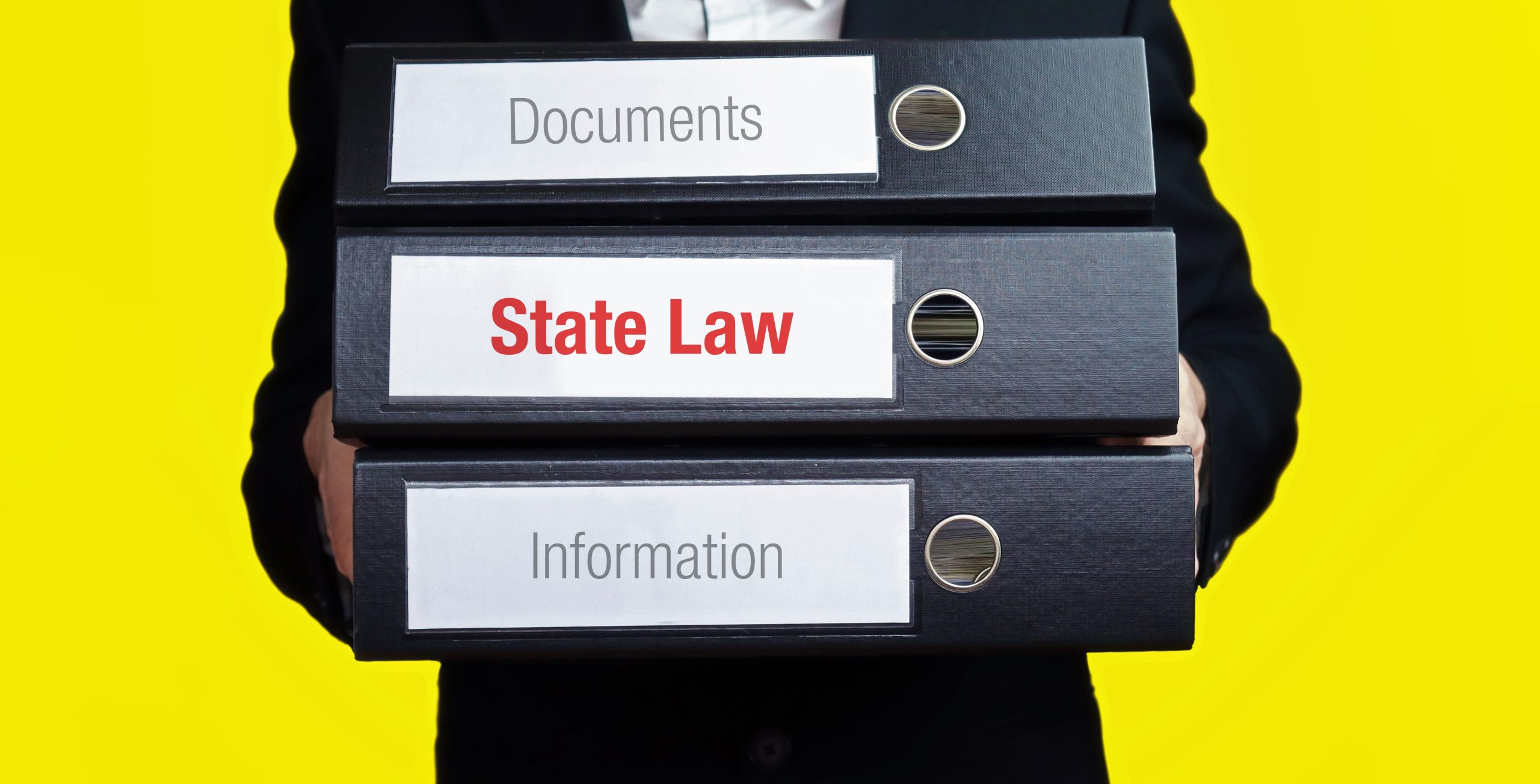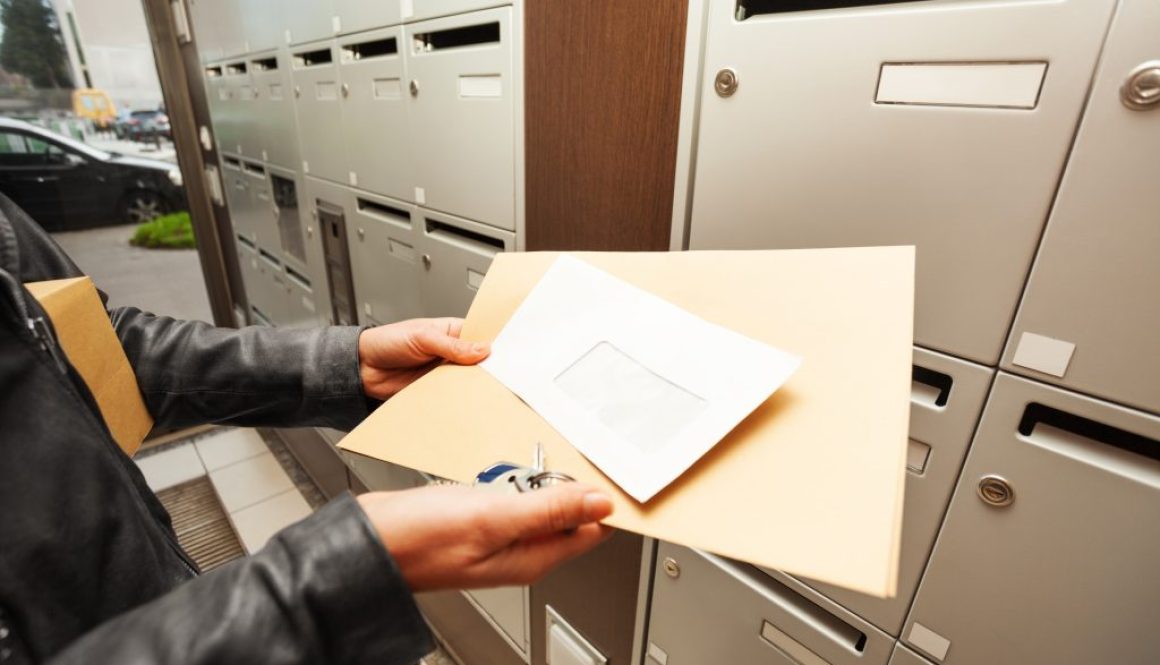Crash Dieting vs. Budget Boot Camp: Why Slow and Steady Wins the Race (to Your Goals!)
Let’s talk about goals. Maybe you’re looking to shed a few pounds, maybe you’re trying to tighten up your finances, odds are maybe both. Either way, you’ve probably seen those intense plans promising quick results. Crash diets with nothing but kale chips and sadness, or budget boot camps that have you clipping coupons until your fingers bleed.
But here’s the thing: Most of us aren’t built for that kind of drastic change. It’s like trying to run a marathon after spending a year on the couch (although, major props if you can!). Those crash-and-burn tactics might get you a quick win, but they’re rarely sustainable.

Think about it: Would you rather have a dessert-free week of misery followed by a guaranteed return to pizza and ice cream? Or, would you prefer to swap sugary drinks for water and slowly see the pounds melt away (along with your cravings)?
The same goes for your wallet. Slashing all your expenses to the bone might work for a month, but eventually, the urge to splurge will hit you like a rogue shopping cart in the cereal aisle.
So, what’s the secret weapon? Small, sustainable changes. Here’s how it works:
- Baby steps: Instead of a complete overhaul, try packing a healthy lunch twice a week. Small wins lead to bigger motivation!
- Find what works for you: Love burritos? There are healthy versions! Hate budgeting apps? Try a good old-fashioned notebook.
- Make it a lifestyle, not a punishment: Focus on building habits you can maintain, not temporary restrictions that leave you feeling deprived.

It might not be as flashy as a “10 Pounds in a Week!” headline, but slow and steady progress is what gets you to your goals in the long run. After all, nobody wants a wardrobe full of clothes they can only wear for a week, or a bank account that looks like it went on a shopping spree.
A mindset of deprivation leads to cravings, whether that means food or a new purse. You may have heard it before but it bears repeating: start small. Take inventory of where you and your habits are now. This is the hard work. It requires honesty.
So ditch the crash course and embrace the marathon mentality! What small changes are you making towards your weight loss or budgeting goals?
Schedule a Free Consultation with National Legal Center
Complete this form to schedule your free consultation.






























